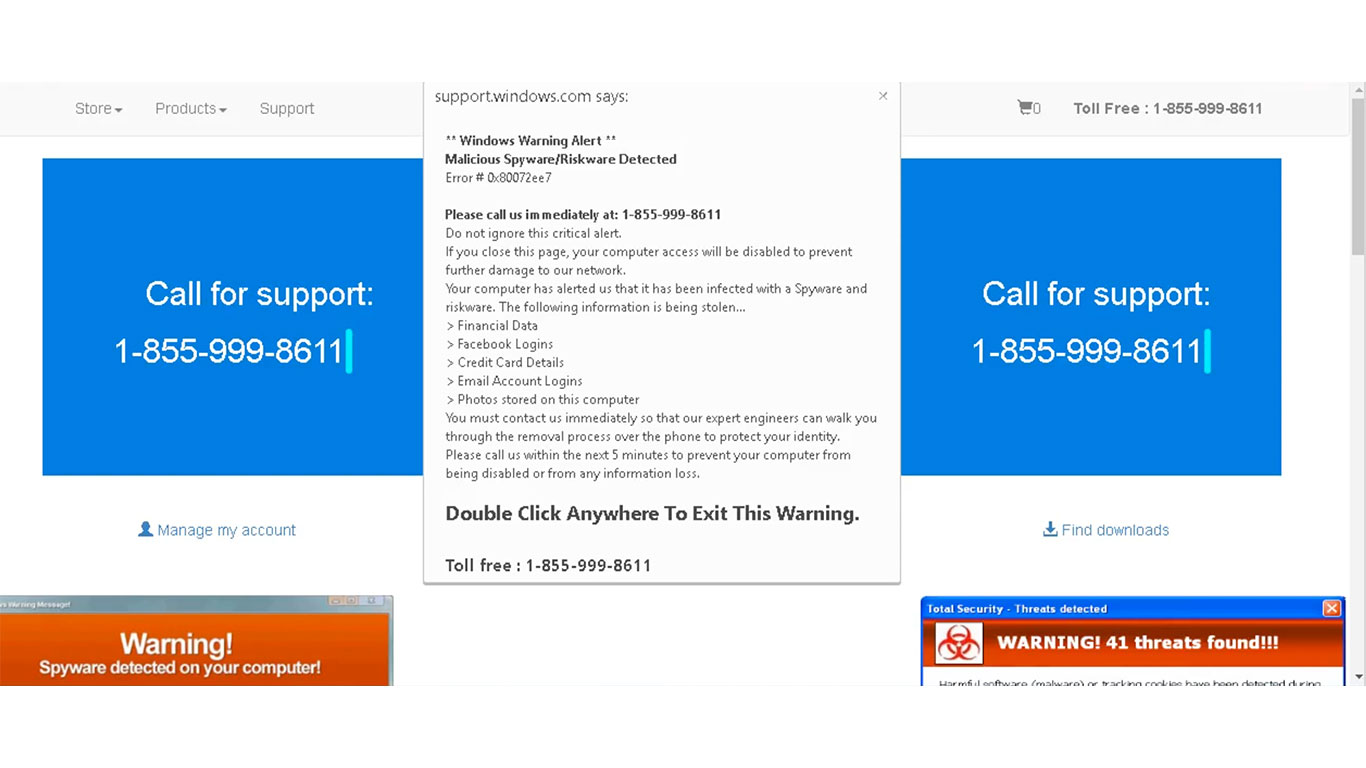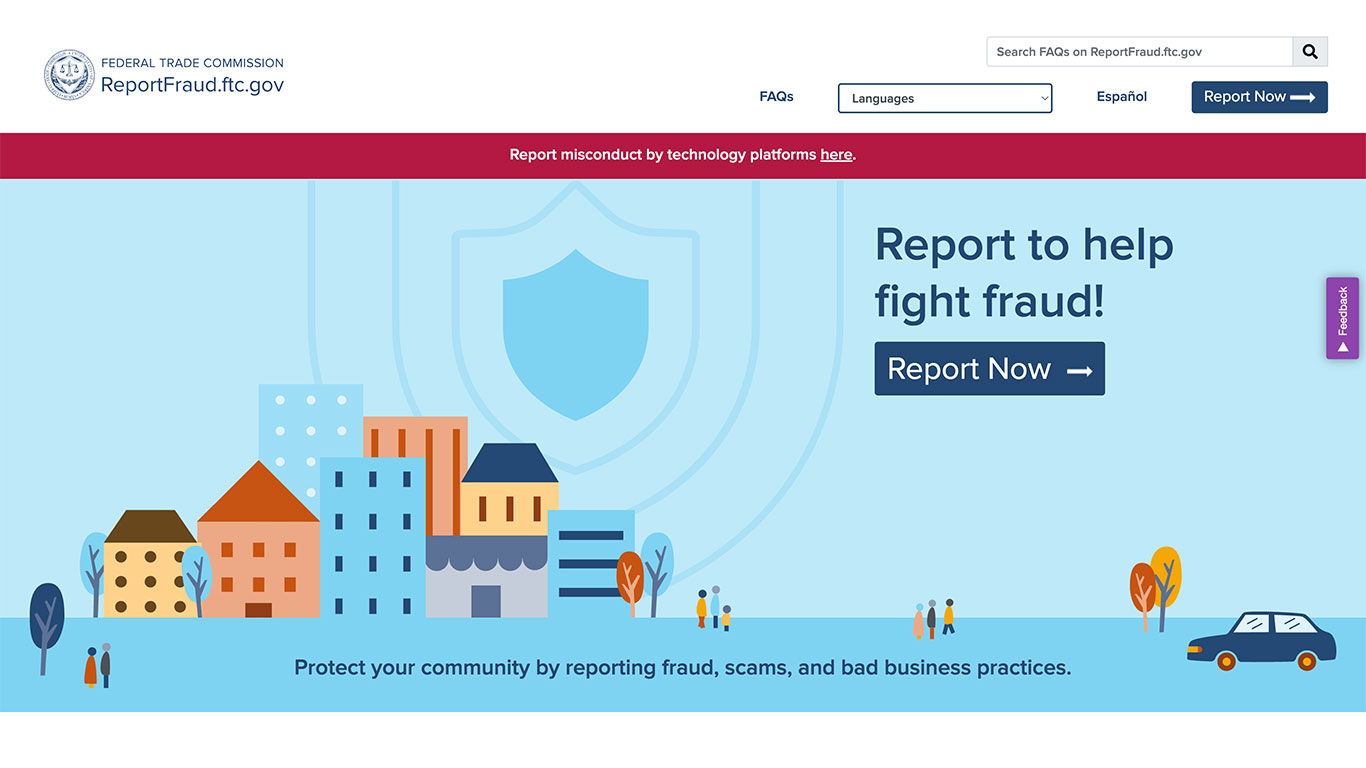Tech support scams, often called “tech support pop-up scams” or “Microsoft support scams,” remain a persistent threat online. These schemes try to frighten users into believing their computers have viruses or critical errors that require urgent professional help—help only available by calling the number on the screen, and usually for a hefty fee. With increasingly realistic pop-up windows, fake warning videos, and manipulative messages, these scams can catch even savvy internet users off guard.
Read on to learn how tech support scams operate, the steps you should take if you encounter one, and practical strategies to avoid them in the first place.

How Tech Support Scams Work
Tech support scams rely on fear and urgency. Here’s a typical scenario:
Pop-Up Warning
While browsing, a user suddenly encounters a large, alarming pop-up message or video. It may flash in bold colors, play loud warning sounds, or include a robotic voice.
Fake Threats
The message claims your computer is infected with viruses, malware, or has been “hacked.” It often uses the logos and branding of well-known companies like Microsoft, Apple, or antivirus vendors.
Urgent Call-to-Action
The pop-up strongly advises you to call a phone number “immediately” to prevent data loss, arrest, or further infection.
The Call
If you call, you’re connected to a “support agent” who will try to convince you to grant remote access to your device or pay for fake repairs, often via credit card, gift card, or wire transfer.
Result
Scammers steal your money, install real malware, and can gain access to your sensitive files and accounts.
How Much Are Scammers Stealing
Tech support scam cases have been substantial and increasing. In 2023 alone, there were about 37,600 reported victims of tech support scams, averaging around 103 victims per day.
The average loss per victim has escalated over time. During the COVID-19 pandemic (around 2020), the average financial loss per victim rose from about $4,000 to $9,500, a 140% increase from 2019. By 2022, average losses reportedly peaked to approximately $24,800 per victim.
FBI and cybercrime reports indicate tech support fraud losses totaled over $146 million in recent years, representing a 171% increase from 2019 losses. Given the number of victims and increasing loss amounts, cumulative losses over the last five years likely approach or exceed several hundred million dollars globally.

The FBI acknowledges that a significant number of tech support scam victims do not report the fraud to authorities. While exact numbers are difficult to pinpoint, the FBI’s Internet Crime Complaint Center (IC3) reports reflect only those cases formally reported by victims.
According to experts and analysts studying internet crime, it is estimated that the majority of tech support scam victims—potentially more than half—do not report the fraud to law enforcement or the FBI. Reasons for underreporting include embarrassment, unawareness that reporting is helpful, and victims not knowing where or how to report.
The FBI emphasizes that reporting scams is critical because its statistics and enforcement rely on complaint submissions.
Common Tactics Scammers Use
Impersonation
They use trusted logos and technical language to sound credible.
Scare Tactics
Threats of permanent data loss, legal action, or imminent danger are common.
Fake Virus Scans
Some scammers remotely control your device and run fake “diagnostic” scans to fabricate problems.
Pressure
They insist that the solution is urgent and time-limited, discouraging you from contacting anyone else.
What To Do If You Encounter a Tech Support Scam
If a tech support scam pops up on your screen, don’t panic. Do not call the phone number or interact by clicking on any links, buttons, or banners. Do not respond to chat windows or enter any personal information.
No legitimate tech company will ever prompt you with pop-ups to call a phone number for urgent computer help.
Here’s what you should do:
Close The Browser Safely
Try to close the browser window or tab normally. If the pop-up prevents closure, use Ctrl+Shift+Esc (Windows) or Command+Option+Escape (Mac) to open Task Manager/Force Quit and close your browser.
If the pop-up repeats when reopening the browser, reset the browser to its default settings or start it without restoring previous tabs.
Run a Security Scan and Update
After closing the pop-up, run a full antivirus or anti-malware scan using reputable software to ensure nothing malicious was installed.
Update your operating system and security software to the latest versions.
Monitor Your Accounts
If you entered any personal information, bank details, or gave remote access, consider changing all passwords, especially for important accounts, monitoring bank and credit card statements for unauthorized charges and contacting your bank to alert them of a potential scam.
Seek Expert Help If Needed
If you’re unsure whether your computer is safe, get help from a trusted IT professional—never from phone numbers given in pop-ups.
Report the Scam
If you are located in the United States, report your experience at reportfraud.ftc.gov.

How To Avoid Tech Support Scams
Here are ways to reduce your risk of encountering these scams:
Use Security Software
Keep antivirus, anti-malware, and firewall protections updated and running. Enable automatic updates so you’re always protected against the latest threats.
Keep Your Browser and Operating System Updated
Regularly update your browser and operating system. Many pop-up scams exploit outdated software
Block Pop-Ups and Ads
Use browser settings or reputable ad-blockers to limit or block pop-ups and malicious advertisements. Customize browser security levels to block suspicious sites.
Be Skeptical of Unsolicited Communications
Ignore phone calls, emails, or pop-ups claiming you have a serious computer problem unless you initiated the contact through official channels.
Note: Microsoft, Apple, and other tech companies will never make unsolicited contact to address customer hardware/software issues.
Check The URL
Before clicking on any online link, hover to see the full URL. Beware of typos, strange domain endings, or unfamiliar brand names.
Educate Yourself and Others
Teach friends and family, especially those less comfortable with technology, about these scams and the right steps to take.
Practice safe browsing habits: avoid pirated software, don’t download suspicious free programs, and only visit trusted websites.
Use Two-Factor Authentication (2FA)
Enable 2FA on critical accounts to prevent unauthorized access even if your passwords are compromised.
Staying One Step Ahead of Scammers
Tech support scams depend on panic and quick reactions. Staying calm, informed, and skeptical of unsolicited warnings is your best defense. If you ever feel unsure, step back, verify messages using official company websites or trusted contacts, and never rush into providing remote access or payment.
By understanding how these scams work and taking preventative steps, you can protect yourself—and help others avoid becoming a victim.

